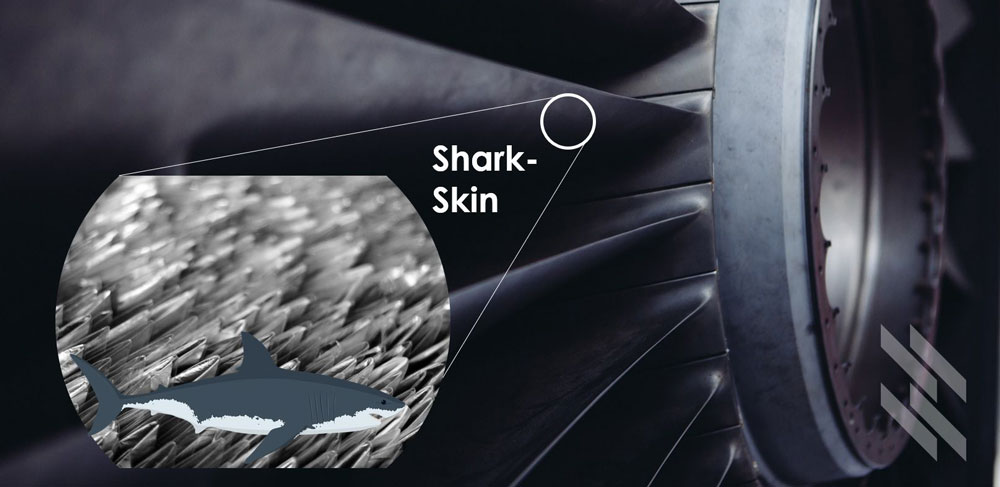
BILASURF - Bio-inspired laser functionalization of complex 3D industrial surfaces
EU-Project

Surface functionalisation is present in a wide range of sectors, improving the performance of multiple components and systems in many applications. However, when considering the application of such functionalisation in complex industrial parts, several challenges must be faced. The difficulty of reaching all surfaces of complex 3D parts is significative, especially in those with considerable size and weight. At the same time, uncertainty about the regulatory compliance of functionalised parts in some sectors makes a straightforward integration of this process more difficult. As a result, this limits the potential of some companies in terms of opening up new markets or attaining a competitive edge. Additionally, the creation of functional surfaces has traditionally relied on processes such as chemical reactions and/or the complete coating of the native surfaces (e.g. aerofoils). Due to their very nature, these processes generate unwanted by-products thereby leaving a significant environmental footprint, which go against the “do no significant harm” principle of The European Green Deal. In order to avoid these setbacks, a new functionalising process for complex 3D shaped parts in which the environmental footprint is reduced and where new guidelines are generated to complement the manufacturing standards of target sectors, could be a game changer.
BILASURF aims at developing and integrating a process for high-rate laser functionalization of complex 3D surfaces using tailored designed bio inspired riblets to reduce friction and improve the environmental footprint of industrial parts, assuring a high throughput with the help of inline monitoring capabilities. This solution can provide European industry with a key tool to use a more efficient and environmentally friendly manufacturing process.
Project Key Data
Duration
2023 – 2027
Funding programme
Horizon Europe, Topic: HORIZON-CL4-2022-TWIN-TRANSITION-01-02
Coordination
CEIT
Project partners
Aimen, Fraunhofer IWU, Fusion Bionic GmbH, Bionic Surface Technologies GmbH, Supergrid Institute, Global Hydro Energy GmbH, Ziehl-Abegg SE, Altechna R&D, Southern European Cluster in Photonics & Optics Association
 Fraunhofer Institute for Machine Tools and Forming Technology
Fraunhofer Institute for Machine Tools and Forming Technology